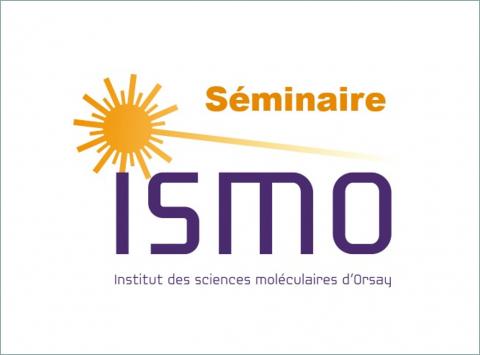
Séminaire de Thomas Pons en mode HYBRIDE
Zwitterion-coated inorganic nanocrystals for biological applications
Thomas Pons
Laboratoire de Physique et Etude de Matériaux - ESPCI
Inorganic nanocrystals such as gold, iron oxide and semiconductor nanocrystals have unique optical or magnetic properties that make them very promising for biological imaging and therapeutic applications. The surface ligands of these nanoparticles play a critical role in their application and control the nanoparticle interaction with biomolecules and cells. I will present the development of zwitterionic copolymer ligands containing a multidentate anchoring block that provide a stable binding to the surface of different inorganic nanocrystals, enabling prolonged biological applications. The nature of the zwitterion group has a strong influence on antifouling properties, ranging from specific interactions with some biomolecules to a complete suppression of interactions with serum biomolecules or cytosolic components. This enables various applications including in vivo tracking of individual circulating cells, micromanipulation in the nucleus of living cells using magnetic nanoparticles or plasmon-enhanced photodynamic therapy.
Contact pour demander le lien :
http://www.ismo.universite-paris-saclay.fr/spip.php?article2774
Zwitterion-coated inorganic nanocrystals for biological applications
Thomas Pons
Laboratoire de Physique et Etude de Matériaux - ESPCI
Inorganic nanocrystals such as gold, iron oxide and semiconductor nanocrystals have unique optical or magnetic properties that make them very promising for biological imaging and therapeutic applications. The surface ligands of these nanoparticles play a critical role in their application and control the nanoparticle interaction with biomolecules and cells. I will present the development of zwitterionic copolymer ligands containing a multidentate anchoring block that provide a stable binding to the surface of different inorganic nanocrystals, enabling prolonged biological applications. The nature of the zwitterion group has a strong influence on antifouling properties, ranging from specific interactions with some biomolecules to a complete suppression of interactions with serum biomolecules or cytosolic components. This enables various applications including in vivo tracking of individual circulating cells, micromanipulation in the nucleus of living cells using magnetic nanoparticles or plasmon-enhanced photodynamic therapy.
Contact pour demander le lien :
http://www.ismo.universite-paris-saclay.fr/spip.php?article2774
